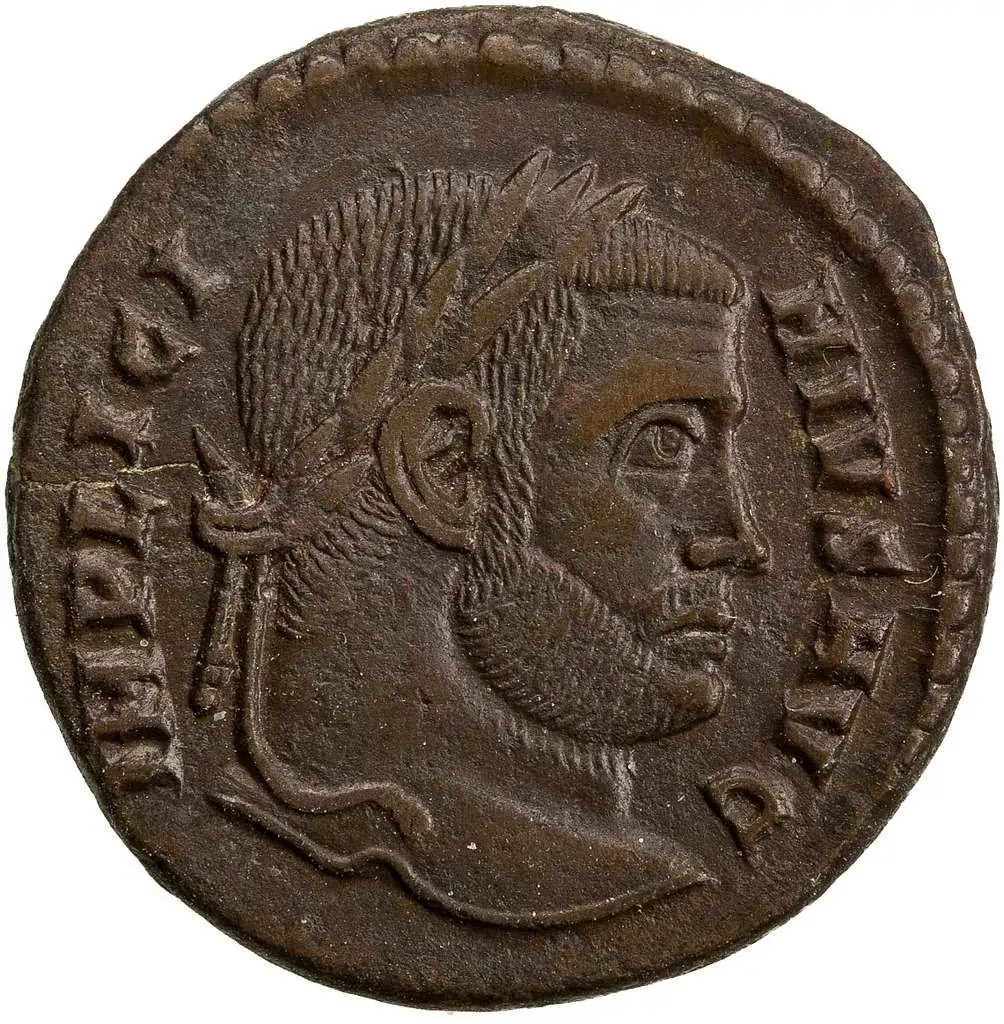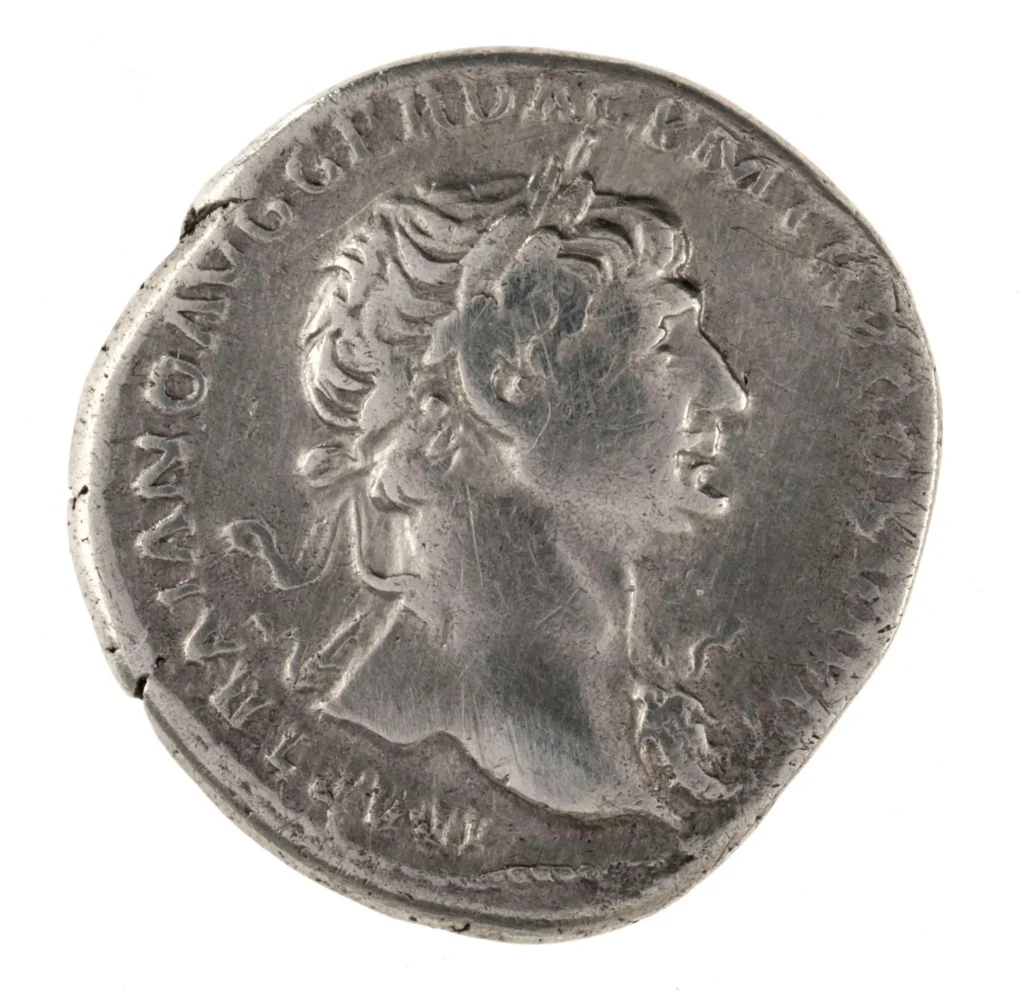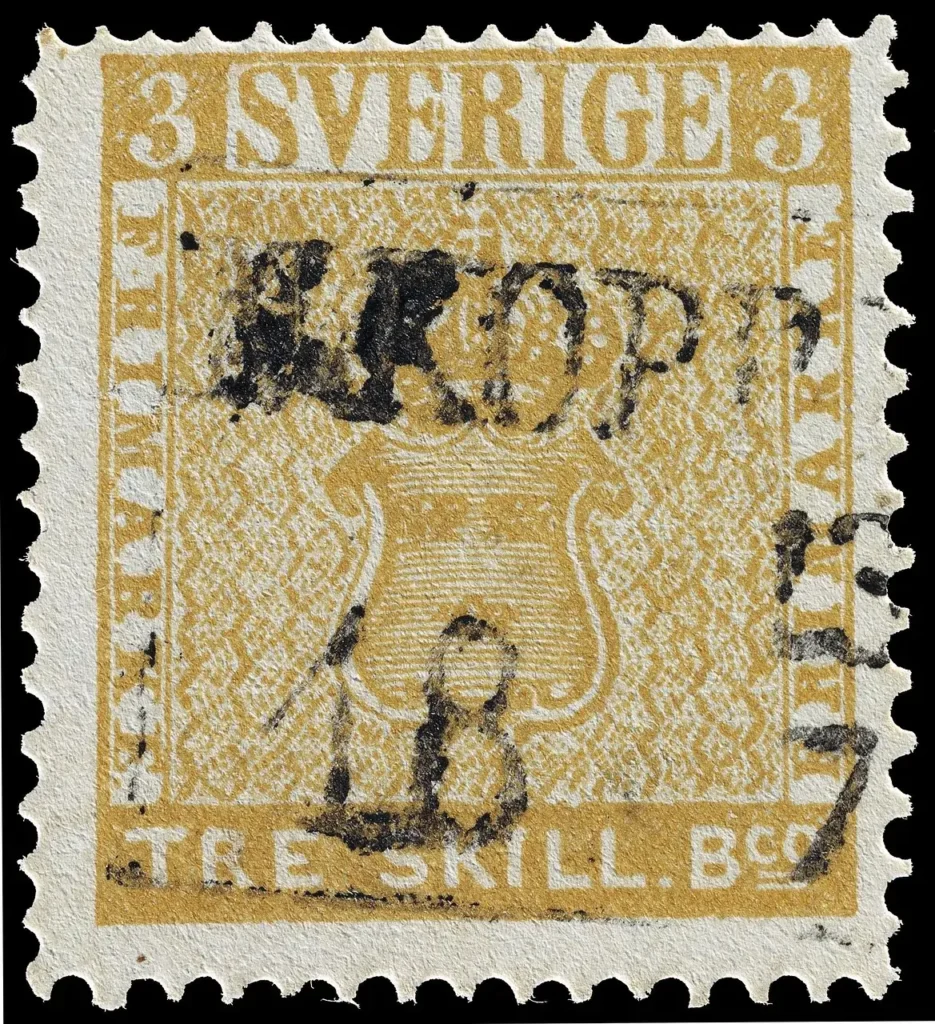Ancient coins, from Rome hold captivating tales of authority and conquests from the era of the Roman Empires history. These historical artifacts offer a glimpse into events of the early 4th century CE. Have a special allure for collectors and scholars like myself due to their portrayal of pivotal moments, during that time period.
The series of Licinius 1 coins minted between 308 and 324 CE provides insights, into the relationship between Licinius and Constantine the Great during that era. The coins are not only artifacts but also present compelling opportunities for collectors interested in investing in ancient relics. In this guidebook we will delve into the backdrop the physical attributes, the archaeological importance and the current market worth of these intriguing remnants, from Roman history.
Table of Contents
ToggleHistorical Context of Licinius Reign
When I explore the setting of Rome in the 4th century AD, I am captivated by the extraordinary journey of Licinius, from modest origins. Born into a family around 265 CE Licinius climbed to authority through his skills in warfare and his strong bond, with Emperor Galerius.
The political climate during this era was defined by the following key events:
- Licinius’ elevation to Augustus on November 11, 308 CE
- Control over Thrace, Illyricum, and Pannonia territories
- Victory over Maximinus Daia in 313 CE, securing the Eastern Empire
In my study of this period, I’ve found that Licinius’ relationship with Constantine I was particularly complex. Their initial alliance was strengthened through Licinius’ marriage to Constantine’s sister Constantia in 313 CE. Together, they issued the historic Edict of Milan, which granted Christians freedom of worship. However, this partnership was destined to fracture.
The monetary system underwent significant changes during this turbulent period. I’ve observed that by 324 CE, the empire faced substantial inflation – one pound of gold was worth approximately 3,000,000,000 denarii. In response to these economic challenges, Constantine introduced the lighter solidus in 312 CE, struck at 1/72nd of a pound (4.5g). This reform was partially funded by seizing Licinius’ vast treasury.
What fascinates me most about the Licinius 1 coin series is how it reflects these political and economic transformations. The relationship between Licinius and Constantine deteriorated around 320 CE when Licinius began persecuting Christians in his territory. This tension ultimately led to war in 324 CE, where Licinius commanded an impressive force of 150,000 infantry and 15,000 cavalry, though he would ultimately face defeat at Constantine’s hands.
Physical Characteristics and Design Elements
In my examination of the Licinius coin’s physical characteristics, I’ve discovered fascinating details that reveal the craftsmanship of Roman minting. The bronze follis, the most common denomination, typically weighs between 2.31 to 3.35 grams and measures 18.5 to 20.5 millimeters in diameter.
Obverse Portrait Analysis
The obverse features a striking portrait of Licinius wearing a laurel wreath. I find the inscription particularly telling of his authority:
- IMP C VAL LIC LICINIVS P F AVG (Imperator Caesar Valerius Licinianus Licinius Pius Felix Augustus)
- The portrait shows him facing right, with the wreath ties either parallel or divergent
Reverse Symbolism and Imagery
What really grabs my attention is the design showcasing Jupiter, as the focus. The ultimate god in the scene stands to the left side donning a cloak over his left shoulder while holding Victory on top of the world in his right hand and an eagle topped scepter, in his left hand; this portrayal strongly represents supreme rule and heavenly safeguard.
Mint Marks and Production Details
In my study of production details I’ve found that the coins were minted at locations and displayed differences, in weight and dimensions. These were initially labeled as officinae from designation ‘A’ to ‘D’ then transitioned to ‘P’ and ‘Q.’ In the production phase I noticed the creation of folles ranging from 17 to 24 mm in diameter and weighing, between 2 to 4 grams.
The mint marks frequently reveal workshop specifics. For instance, “SMANT” can be decoded as S(acra ) M(oneta ) ANT(ioch) representing coins produced in Antioch. This intriguing investigation, into samples has revealed an alignment of the die axis at 12 o’clock demonstrating a high level of uniformity, in production protocols.
Archeological Significance
Through my studies, on findings of Licinius coins have brought to light fascinating discoveries that are influencing the way we comprehend the circulation of Roman currency significantly. One noteworthy finding took place along the shoreline of Sardinia when divers stumbled upon an exceptional collection of 30,000 to 50,000 bronze follis dating back between the years 324 and 340 CE.
Major Hoard Discoveries
I’ve documented several significant finds that showcase the widespread circulation of Licinius coins:
- The Chilbolton Down Hoard, discovered by Royal Artillery gunners in 1941, yielded over 800 coins
- The Tomares treasure in Spain, containing more than 53,000 coins from the tetrarchic period
- The Sardinian underwater discovery, with coins in exceptional preservation state
Distribution Patterns
In my examination of how coins were distributed in the empire I’ve noticed some trends in their circulation. These coins were minted at mints that were operational, at the time and its captivating to see how delving into their details sheds light on Roman wealth and its significance.
Preservation States
During my exploration of preservation conditions I have come across states that narrate tales. One remarkable find was, in Sardinia, where 4 pieces displayed signs of wear yet remained easily readable. In the coins I have examined they often showcase their age while still retaining their magnificence those authenticated as Almost Uncirculated (AU). I am particularly intrigued by how these preservation conditions shed light on the connection, between Romans and their currency.
The archaeological importance of these discoveries goes beyond numbers alone. When examining the inscriptions, on these coins they serve as descriptions to the pictures and offer essential dating details. By studying both the materials used and the visuals we acquire knowledge, about Roman society and financial customs.
Modern Numismatic Value
As someone who focuses on coins as a numismatist, in my field of expertise I’ve discovered that evaluating the worth of a Licinius coin involves assessing elements with great care. The current market for these coins blends their importance with their allure, to collectors.
Grading and Authentication
When evaluating Licinius coins, I rely on established grading standards that range from Very Fine (VF) to Extremely Fine (EF). In my experience, the key factors affecting grade include:
- Visible inscriptions clarity
- Portrait and device wear levels
- Original luster preservation
- Detail sharpness on high points
Market Trends and Pricing
Through my market analysis, I’ve observed that Licinius follis coins maintain steady value despite being relatively common. A well-preserved specimen from a reputable dealer typically sells in the range of USD 30.00 to USD 50.00. What I find particularly interesting is how the NGC (Numismatic Guaranty Company) certification adds significant credibility to these pieces, especially for specimens in Almost Uncirculated (AU) condition.
Investment Potential
In my observation, about Licinius coins’ appeal to investors lies in their importance. The ongoing enthusiasm of collectors in the community for them. Their value is notably boosted by their ties to history. As I analyze market trends three main factors come into play when considering the potential, for investment;
I find the scarcity aspect back, in the third and fourth centuries when these coins were often saved because of currency devaluation issues; however today collectors still value well preserved pieces highly despite that history background for them being treasured items by having standardized grading procedures provided by NGC that have made them more within reach, for dedicated collectors.
Conclusion
In my investigation of Licinius coins I discovered their significance in the context of Roman history and modern numismatics – marking a fascinating intersection of politics and artistry during the era of Licinius and Constantine’s power struggle.
The recent findings, in archaeology highlight the significant Sardinian treasure trove consisting of around 50,000 coins which showcases the use and conservation of these currency items. Studying how these coins were spread throughout the empire offers knowledge, about the trade routes and economic structures of Rome.
Today’s enthusiasts and investors are drawn to these coins because of their history and stable worth, in the market place. Based on my research findings maintained examples of these coins with NGC certification are valued at around $30 to $50 each. Making them a great starting point for those, in ancient Roman coin collecting.
These coins serve as links, to an era in Western history that I find truly fascinating and valuable both historically and as collectibles worth treasuring for their role, in connecting us to the past and present times seamlessly.
FAQs
Q1. What makes the Licinius coin historically significant? The Licinius coin is a valuable artifact from the early 4th century CE, representing a turbulent period in Roman history. It reflects the reign of Emperor Licinius, his relationship with Constantine I, and significant changes in the Roman monetary system during a time of political upheaval and economic challenges.
Q2. What are the key physical characteristics of a Licinius coin? A typical Licinius bronze follis weighs between 2.31 to 3.35 grams and measures 18.5 to 20.5 millimeters in diameter. The obverse features a portrait of Licinius wearing a laurel wreath, while the reverse often depicts Jupiter holding symbols of power. Mint marks on the coin provide information about its production location.
Q3. How have archeological discoveries contributed to our understanding of Licinius coins? Major hoard discoveries, such as the Sardinian underwater find of 30,000 to 50,000 bronze follis, have provided valuable insights into the distribution patterns and preservation states of Licinius coins. These discoveries help researchers understand Roman monetary practices and trade networks across the empire.
Q4. What is the current market value of a Licinius coin? Well-preserved Licinius follis coins typically sell for $30 to $50 from reputable dealers. The value can be higher for specimens in excellent condition or those certified by recognized grading services like NGC. Factors affecting price include the coin’s preservation state, clarity of inscriptions, and overall historical significance.
Q5. Why are Licinius coins appealing to modern collectors and investors? Licinius coins appeal to collectors and investors due to their historical significance, connection to Western civilization, and relatively stable market value. They offer an accessible entry point into ancient Roman numismatics, combining historical interest with potential investment value. The coins’ ability to provide a tangible link to a pivotal period in Roman history adds to their allure.



